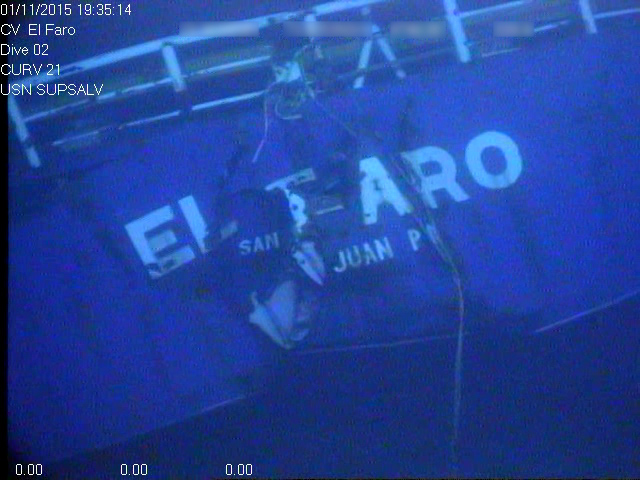It’s not a pretty picture, no matter what angle you view it from. The findings from the U.S. Coast Guard and the National Transportation Safety Board after concluding their separate investigations of the now infamous sinking of the 790' El Faro in the Bahamas on Oct. 1, 2015, are sobering stuff.
In spite of the fact that various parties representing various interests will continue to dispute portions of the Coast Guard and NTSB reports, the many failures and shortcomings that led to the disaster leave no one untouched.
Poor situational awareness, aided and abetted by inadequate professional training, an ineffective safety culture afloat and ashore, and an unwillingness to consider worst-case scenarios and possible alternatives to avoid them, led directly to a series of clearly bad operational decisions. But these decisions did not occur in a vacuum. A complete lack of checks and balances, both on the water and ashore, resulted in the voyage gradually snowballing into a mass-fatality disaster. Insufficient safety support and oversight from every level — corporate, regulatory, etc. — laid the foundation for it all to unravel, resulting in the deaths of 33 crewmembers for no good reason at all.
There is much to think about, but I’ll point first to remarks made by NTSB Chairman Robert Sumwalt at one of the hearings in Washington, D.C. Referring to the El Faro’s captain, Michael Davidson, he said, he “had a mental model that the hurricane would be in one place, and based on that mental model and based on his previous experience he thought they were going to be OK.”
That mental model proved to be wrong, and with fatal consequences. Since we all build mental models for everything we do (even if you’re unaware of it) and no one is immune from building a bad one, you might want to consider the serious ramifications of that fact.
As for the value of experience, consider this: Davidson’s previous experience did not help him and probably pushed him further into a corner from which there was no escape.





